Hydroelectric Energy
Hydroelectric power stations, such as those used in the eastern states of Australia and in the South Island, New Zealand, use the kinetic energy of moving water to drive turbines.
Hydroelectric generation is the fastest to respond to increasing power demands, reaching full power in two to three minutes. These plants can provide both base-load and peak-load demands for power at a relatively low cost, provided sufficient water is available. (See Figures 1.a–c)
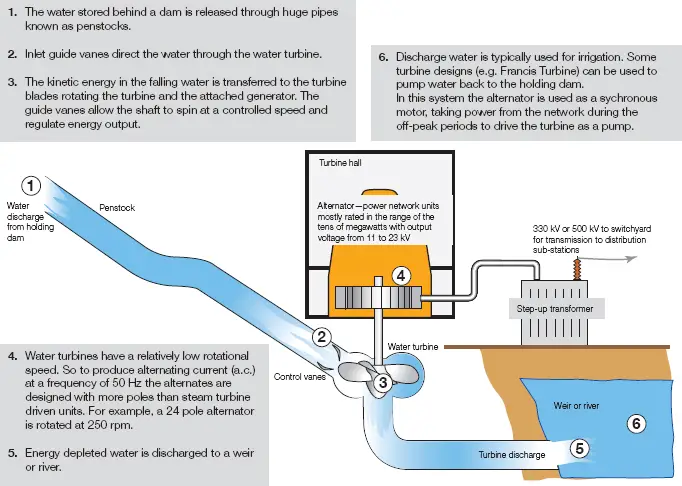
Figure 1a Principles of hydro power generation
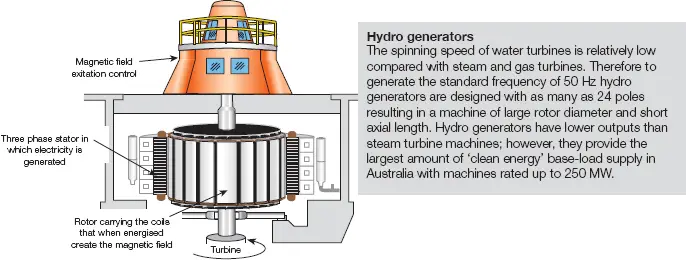
Figure 1b Features of a water turbine generator

Figure 1c Features of a steam turbine generator
Initially only a few renewable energy sources, such as hydro and geothermal, have been considered viable by electricity generators and distributors. However, through government initiatives and the growing need to develop other sources of renewable energy, their contribution to the public supply network is increasing.
‘Hot rock’ technology is a form of geothermal energy being developed in South Australia where the high thermal energy that exists in rock some 3 kilometers (km) below the earth’s surface is being retrieved to produce steam to drive generators. The principles are shown in Figure 1d.
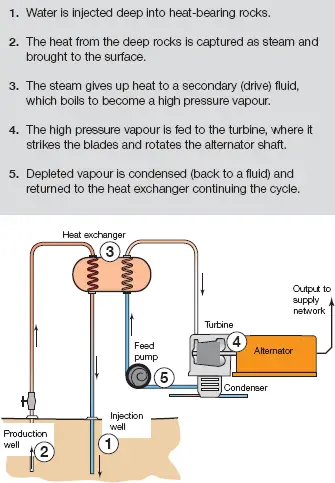
Figure 1d Principles of geothermal power generation from hot rock
Solar Energy
Solar energy can be converted to electrical energy by directing sunlight onto a photovoltaic (PV) array. PV solar cells have been used for some time to produce small amounts of power on satellite stations, and by telecommunications companies for such applications as outback relay stations and microwave communication systems.
They are also used for remote-area power supply (RAPS) systems. Rechargeable batteries are an essential part of any RAPS system; they store the electrical energy produced by the PV cells for times when the demand for power exceeds supply, such as at night or on an overcast day.
Individual consumers who are connected to the public distribution system can supplement their electricity use by installing a roof-mounted array of PV solar cells as shown in Figure 1e. Although these systems supply clean renewable energy they are initially expensive, even with a government subsidy, and those who choose to install them do so on environmental grounds. Their uptake is greater in countries where the government subsidies are substantial.
Large scale PV power stations are currently in the planning stage, using new generation solar cell technologies.
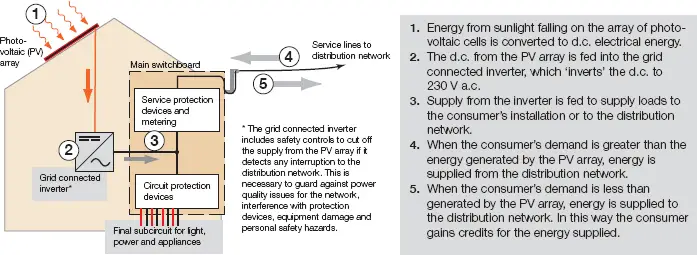
Figure 1e Application of direct solar power generation
The use of heat from sunlight (i.e. solar thermal energy) has commonly been used in solar hot-water systems for many years. Now solar thermal energy is proving to be an effective method for generating larger amounts of electricity.
In these systems inexpensive solar collectors are used to develop high-temperature hot water for steam generators. A pilot plant has been installed at Macquarie Energy’s Liddell Power Station in the Hunter Valley (NSW) where it is used to supplement coal use. A 2000 megawatt (MW) solar thermal power station using this technology is planned for installation in the US. The principle is shown in Figure 1f. Using thermal storage technology the station is intended for base-load supply as an alternative to coal, gas and nuclear power stations.

Figure 1f Principles of solar thermal power generation
Wind & Wave Energy
Two other sources of renewable energy, which have up until the 1990s only been the subject of research in Australia, are wind-generated and wave-generated electrical energy. Since the 1990s Australian state governments, together with electrical energy companies, have embarked on the development of wind farms as a cost-effective renewable source of electricity generation.
By 2006 Australia had a wind-generating capacity in excess of 800 MW with the expectation that this will increase substantially in the next decade (see Figure 1g).
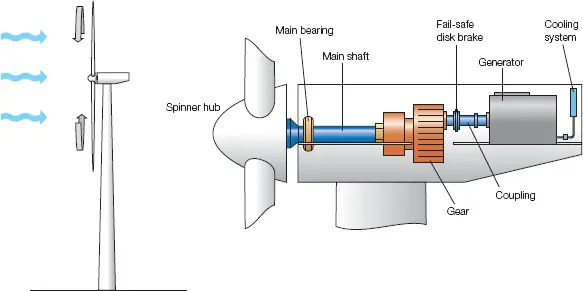
Figure 1g Principles of wind power generation
Currently there are several wind farms throughout New Zealand with a total capacity in excess of 170 MW.
In 1990, the Hydro-Electric Commission of Tasmania commissioned a Norwegian company to study the feasibility of installing a wave power plant on King Island in Bass Strait. The study, completed in 1991, showed that the project was not economical.
With this type of system, waves move into a narrowing concrete channel and spill into a reservoir. Electricity is generated as water runs through turbines back to the sea at a lower level.
A more promising method for harnessing energy from the ocean involves use of special buoys that capture the energy from wave motion in a hydraulic system to drive on-board generators.
The most exciting project in harvesting wave energy is CETO technology, a system of underwater pumping units invented in Australia. A commercial demonstration farm is being developed in Western Australia for operation in 2009.
Unlike other wave energy systems currently under development around the world, the CETO wave power converter is the first unit to be fully submerged and to produce high-pressure seawater from the power of waves.
By delivering high-pressure seawater ashore, the technology allows the production of either zero-emission electricity (similar to hydroelectricity) or zero-emission freshwater (utilizing standard reverse-osmosis desalination technology). It also means that there is no need for under-sea grids or high-voltage transmission, or costly marine qualified plants.
CETO units are fully submerged and permanently anchored to the sea floor, meaning that there is no visual impact as the units are out of sight.
Figure 1h shows how wave power is converted to electricity. This also assists in making them safe from the extreme forces that can be present during storms. They are self-tuning to tide, sea state and wave pattern, making them able to perform in a wide variety of wave heights and in any direction.
CETO units are manufactured from steel, rubber and hypalon materials, all proven for over 20 years in a marine environment.
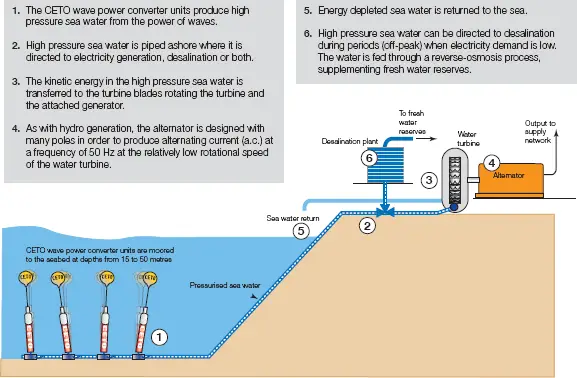
Figure 1h How it works—CETO wave energy system